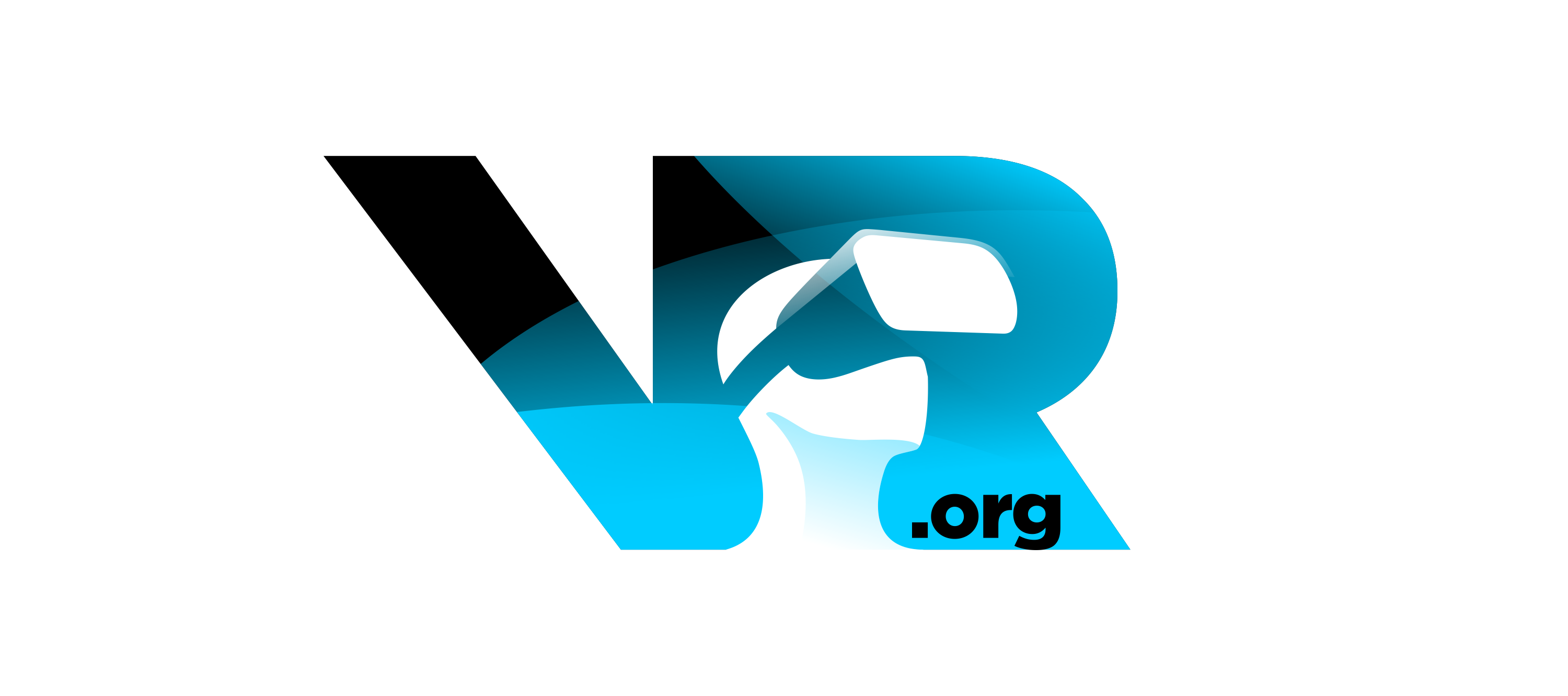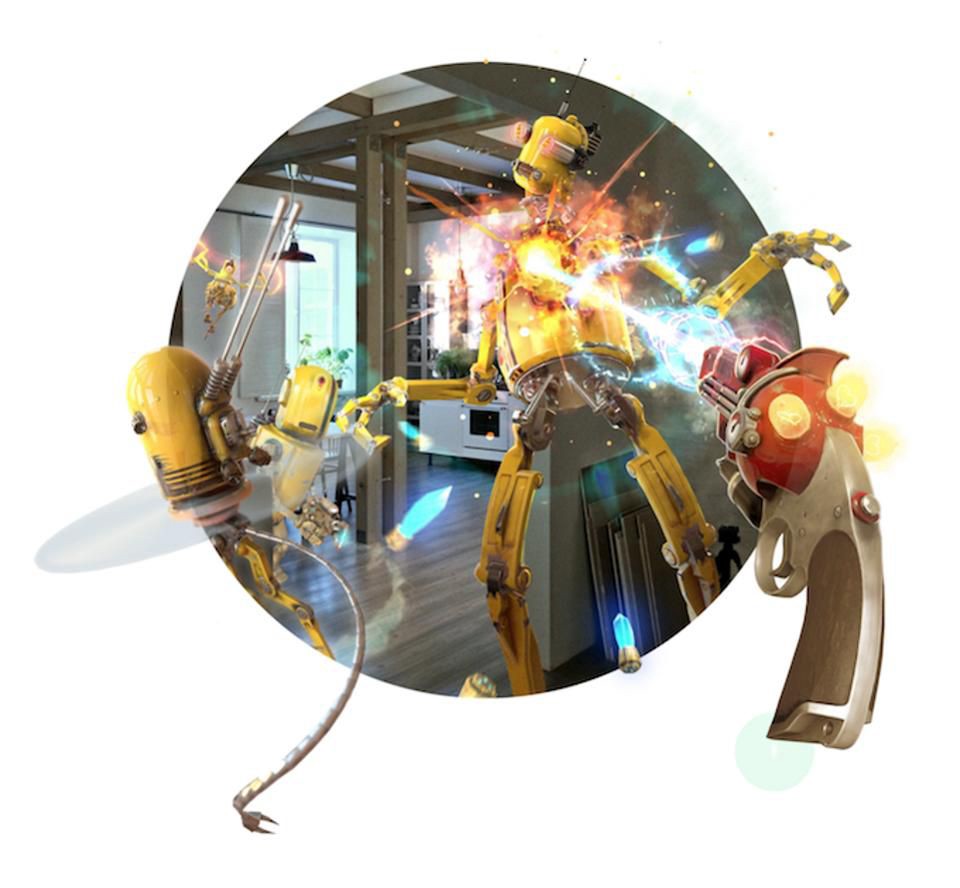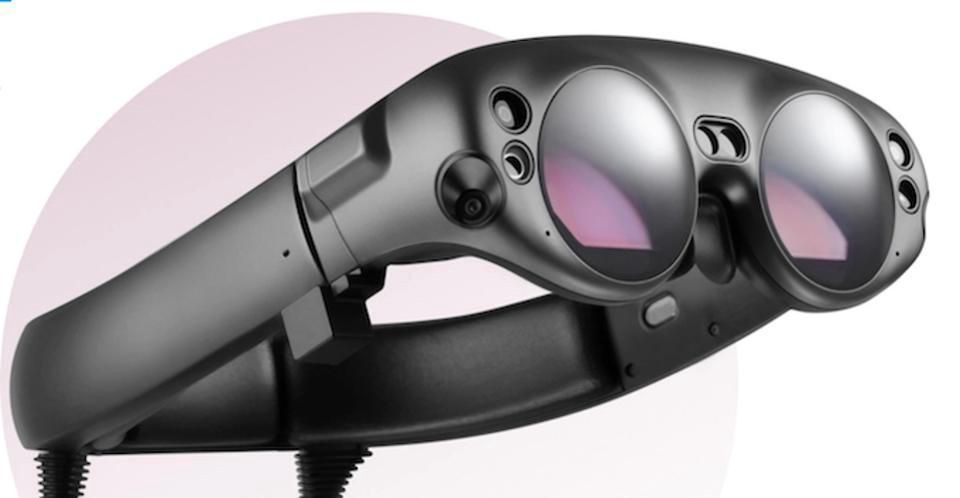You’ve probably forgotten how hard it was to operate a personal computer in 1994. It’s possible you were little or hadn’t been born yet. Outside of the Mac was a terrifying mess. Windows version 3.0 was text-based (command/prompt). Early Internet users needed a combination of programs to get onto the web. First they had to fire up an external modem, then launch a TCP/IP program to connect to an internet service provider. Open mail program. Open Mosaic browser. Then IRC chat program.
A mac laptop weighed 15 lbs. At first, I used Apple’s own online service, e-World, which was a private AOL with a more mac-ish GUI. It was maddeningly slow. My wife called it “a magazine with all the pages stuck together.” This is high-end VR today.
When Apple threw in the towel on e-world in 1994, its 20,000 subs were migrated to AOL. I immediately saw there were four things about AOL that were very powerful. (1) Plug and Play; it combined all the apps needed to get online; (2) it included communication tools, including the very powerful instant messenger; (3) AOL provided content aggregation and navigation (there were no search engines worth using) and, (4) e-commerce. In 1995, the hive had made a decision. Millions of people paid over $2,000 for a personal computer and brought it home. When my kid’s little league team went to email in 1996, those who were slow to adopt were often left out. The network effect had taken over. By 2000, over 50% of American homes had a computer. AOL was America’s first shot of dopamine.
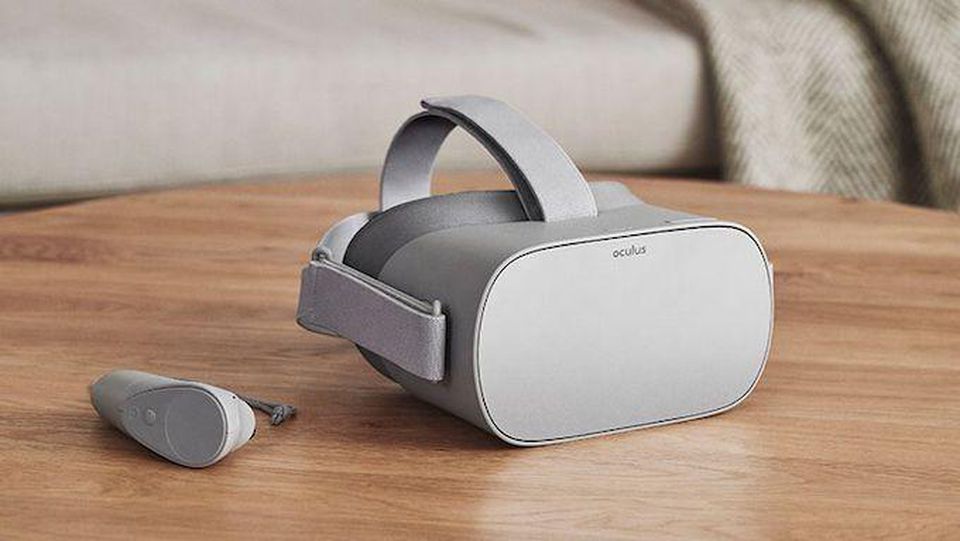
The new Oculus Go, a $200 wireless headset with built-in computer. Go owners can access over 1,000 apps in the Oculus Store. The vast majority of those apps are 360 video. Social VR like Facebook Spaces and AltspaceVR is featured.
Why hasn’t VR hit a tipping point, and when will it?
“It has a lot to do with FOMO [Fear Of Missing Out],” Philip Rosedale, Founder and CEO of social VR destination High Fidelity, told me. Rosedale has an incredible pedigree, notably as CTO of Real Networks, and Founder and CEO of the world’s most popular virtual world, Second Life. He has thrived through continual waves of change and arrived at the fourth wave with High Fidelity, a decentralized social network uniquely equipped to create that casual place where we are simply present, which is how we will spend most of our time in VR. When the time comes.

Philip Rosedale, founder of Second Life, Co-founder and CEO of High Fidelity.
Rosedale thinks the tipping point is not related to hardware. “VR has to become a thing you have to do, even if you really don’t want to. It’s like getting an email address was in the early 90s. Geeks had them. Then regular business guys suddenly starting having them. You didn’t want to be at a disadvantage. You had to have an email address, too. When people were putting up brochure-ware websites, every business felt like they had to as well, out of FOMO. Fear, not desire, is what drives masses of consumers.”
The President of Viveport, Rikard Steiber, doesn’t think it’s related to hardware, either. “The Samsung Gear and Google Daydream are inexpensive and untethered, and now we have the Go, and soon we will introduce the Vive Focus,” Steiber told me in an interview last week. These are inexpensive plug and play devices. “I think the tipping point will come when VR transforms something we are doing every day. Look at what happened with messaging when it jumped from the computer to the smartphone. It’s replaced phone calls.”
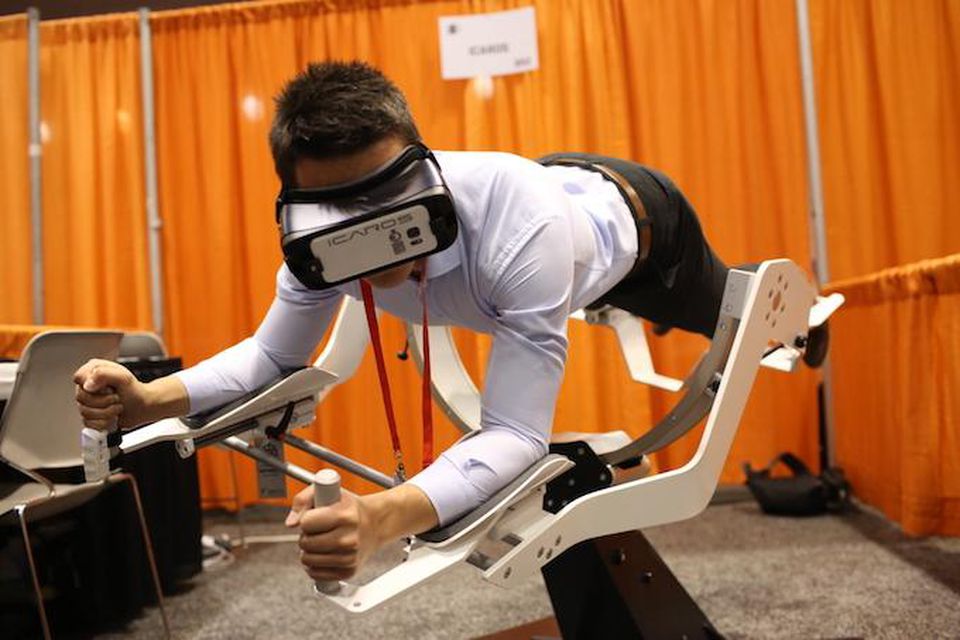
A VR user, pretending to be hawk, in search of the killer app.
Steiber thinks people have to be better acclaimed to the equipment, which will happen out of the home, at work, at school and in theme parks, Entertainment Centers, VRcades and VR Cafes. Indeed, at VR Conferences VRLA and the Future of Immersive Leisure (FoIL) in Las Vegas last week there seemed to be a lot of excitement about Public or “Location Based” VR (LBVR). Some developers are making a market out of VRcade-first titles.
“VR is profoundly disruptive, like the Internet, yet few people think they want it or need it. People protect themselves from change of this magnitude. They were dragged into the Internet age reluctantly because the fear of missing out was bigger.” What might this suite of irresistible killer apps that will change attitudes be? Rosedale thinks it might be education or travel. “Travel is an 8 trillion dollar business, games is 100 billion,” he said, “I also know the biggest killer app is connecting with other people. That’s how technology succeeds.”
I speculated in my book that one killer app might be volumetric telepresence because it’s a form of enhanced communication, something we are already doing. Will we want to hang out with distant friends and family someplace like Facebook Spaces? Distant co-workers? Overcoming people’s resistance to the price, technology, and the uncomfortable head-mounted display is hard. Making an irresistible value proposition: even harder.
VR is waiting for its AOL moment.
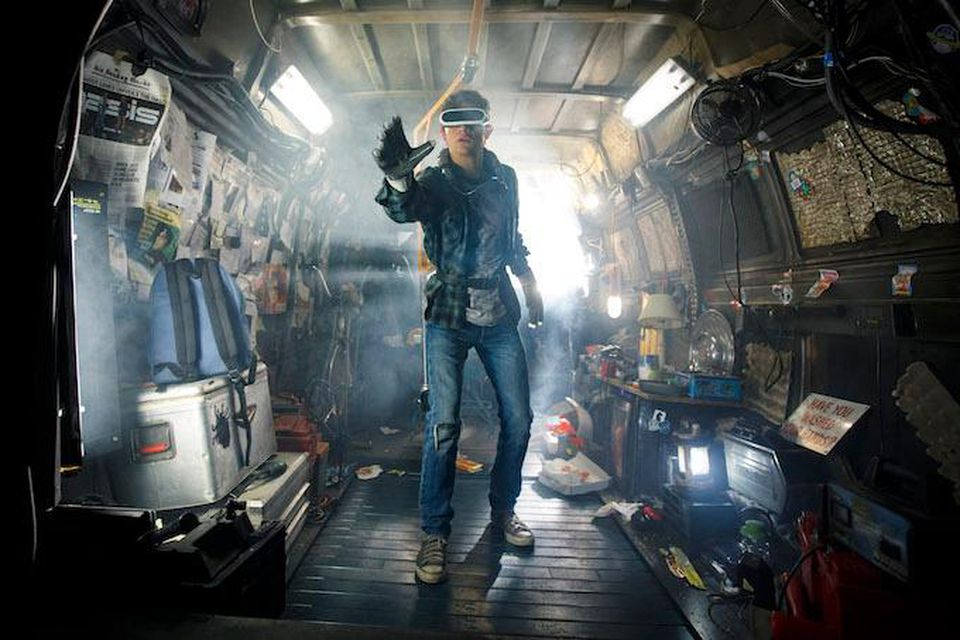
TYE SHERIDAN as Wade Watts in Warner Bros. Pictures,’ Amblin Entertainment’s and Village Roadshow Pictures’ science fiction action adventure “READY PLAYER ONE,” a Warner Bros. Pictures release.
Charlie Fink is a AR/VR Consultant, Speaker, Writer, and Futurist. Forbes Contributor; Author of Charlie Fink’s Metaverse, An AR Enabled Guide to VR & AR http://finkmetaverse.com
